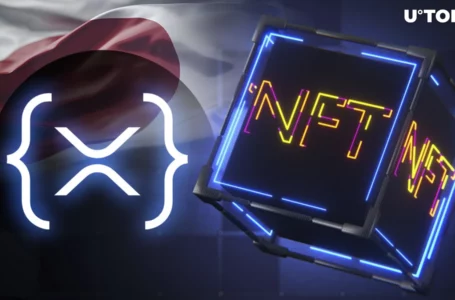
Over 65,000 caste certificates have been issued on the Polygon network by the Maharashrta government
As shared on the official Polygon website Twitter username, more than 65,000 caste certificates have been issued on the Polygon network by the government of Maharashtra, highlighting the usefulness of blockchain. Maharashtra is one of the most industrialized states in India, and a caste certificate refers to documentary evidence of a person belonging to a specific caste as categorized by the Indian Constitution.
This may not be the first instance of the Polygon blockchain being used for state purposes. Earlier, Polygon announced that it has been selected as the official blockchain platform of Swiss city Lugano.
The city of Lugano will develop its blockchain infrastructure with the help of Polygon in the process. Lugano, the largest city in the Swiss canton of Ticino, has declared Bitcoin and Tether to be “de facto” legal tender in a widely celebrated crypto adoption feat.
As previously covered by U.Today, “makemytrip,” one of India’s largest online travel companies recently launched its own travel-based NFT collection on Polygon-powered ngageNFT. Since late 2021, Polygon has seen an influx of global brands launching NFT drops on its blockchain.
Improvements to polygon states since the last network outage
Earlier this month, the Polygon PoS chain experienced an outage when the Heimdall chain had an issue with the state synchronization mechanism. In an attempt to fix this, a sequence of software releases and a second bug caused both services to go offline. Over the course of several days, the team released several updates and worked closely with all stakeholders in a coordinated rollout of changes. There was no loss of funds or user data, he says.
The Polygon network highlights what it is working on to improve in a recent blog post.
First, the Polygon team continues to work on Heimdall to make it more robust by adding a dynamic transaction gas limit, increasing the block gas limit, and adding block state sync transactions for make the mechanism more robust.
It further says that in the long term, a redesign of the Heimdall/Bor architecture is in the works that will loosen the tight coupling between the bridge mechanism and the consensus and core system of the chain.
This will be implemented in the next version of the chain, tentatively named v3, which will merge the Heimdall and Bor nodes and chain and remove the scoping mechanism.


















